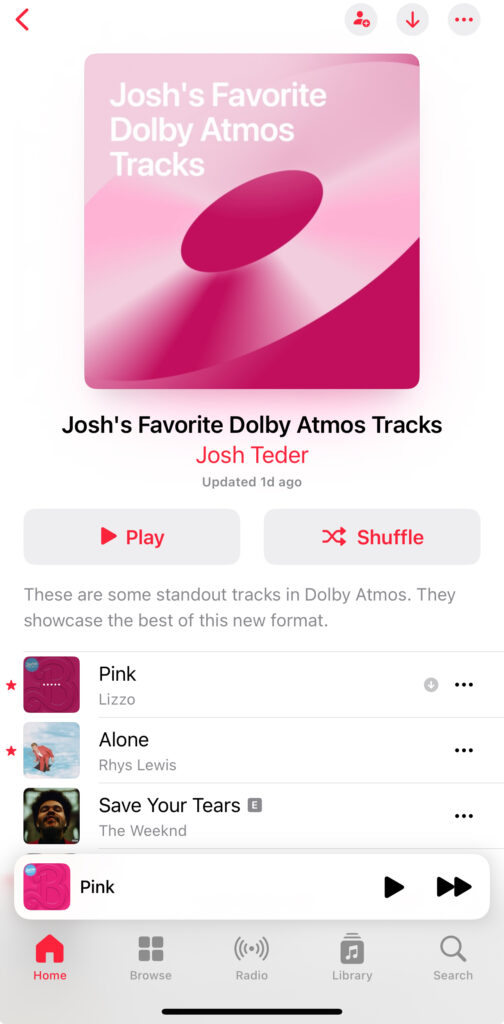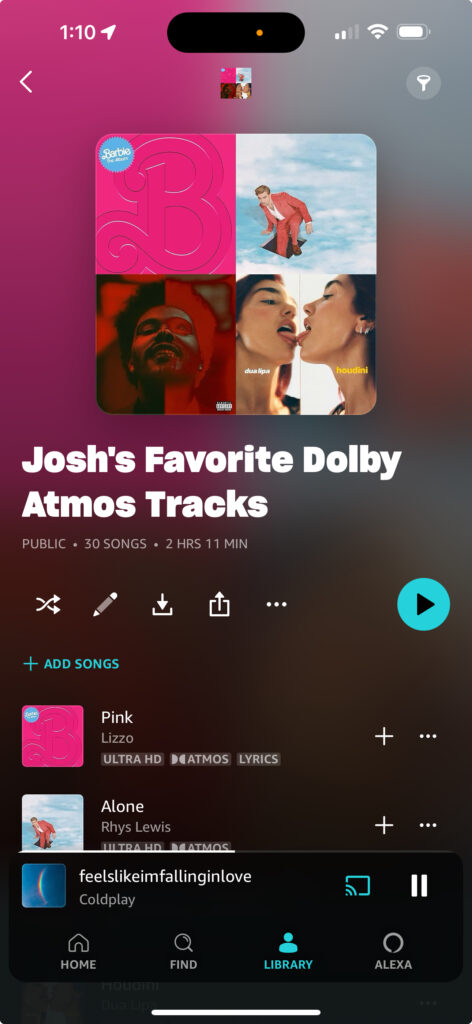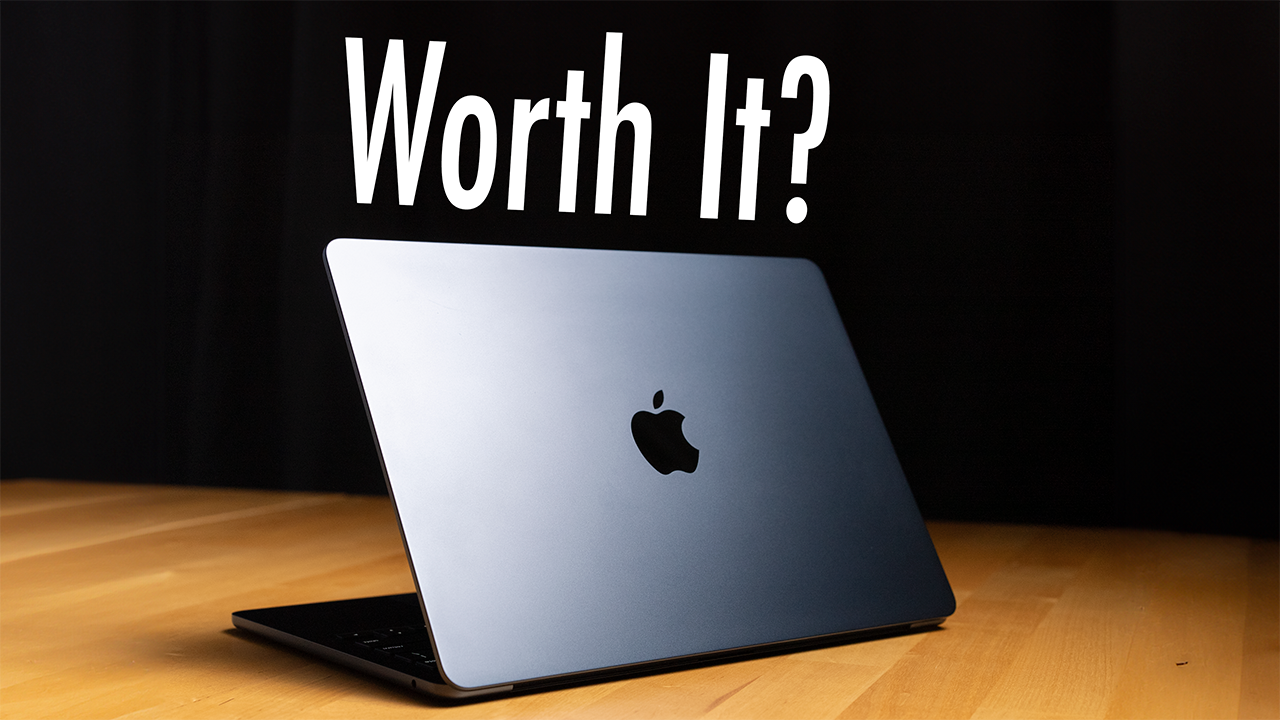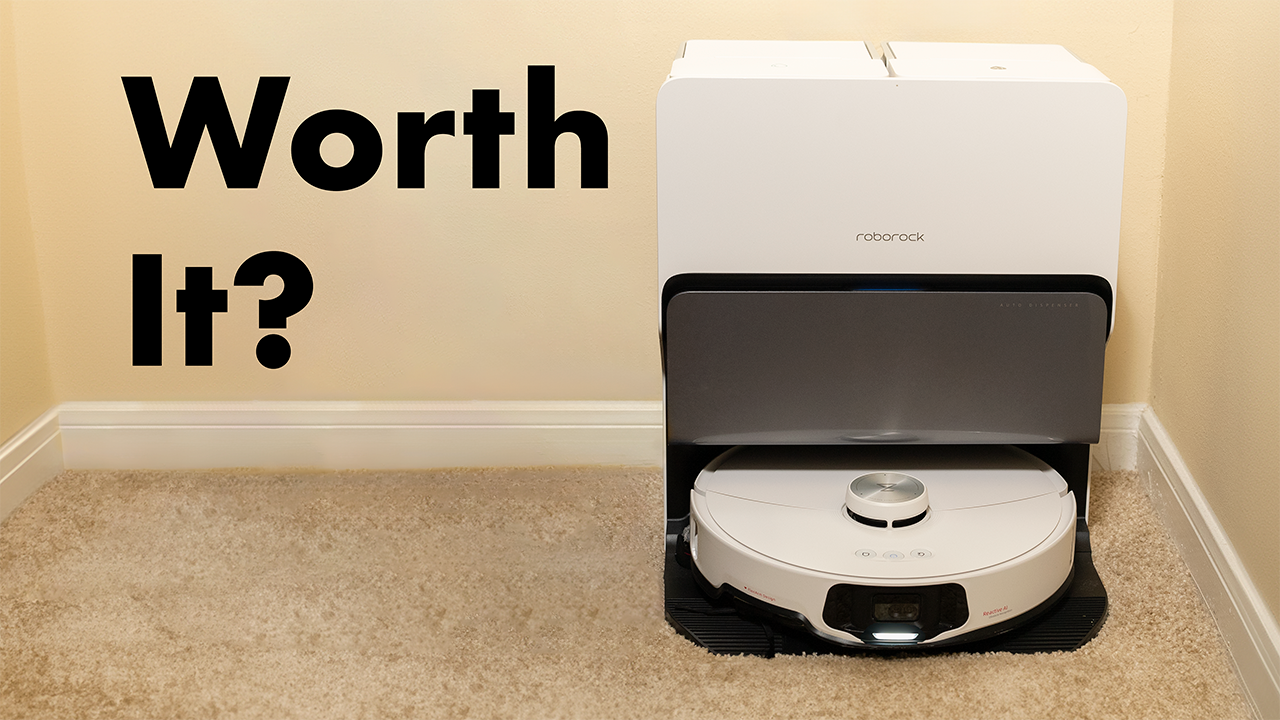Products in this video:

Sonos Era 300 (Affiliate Link)

New iPad Pro Magic Keyboard (Affiliate Link)
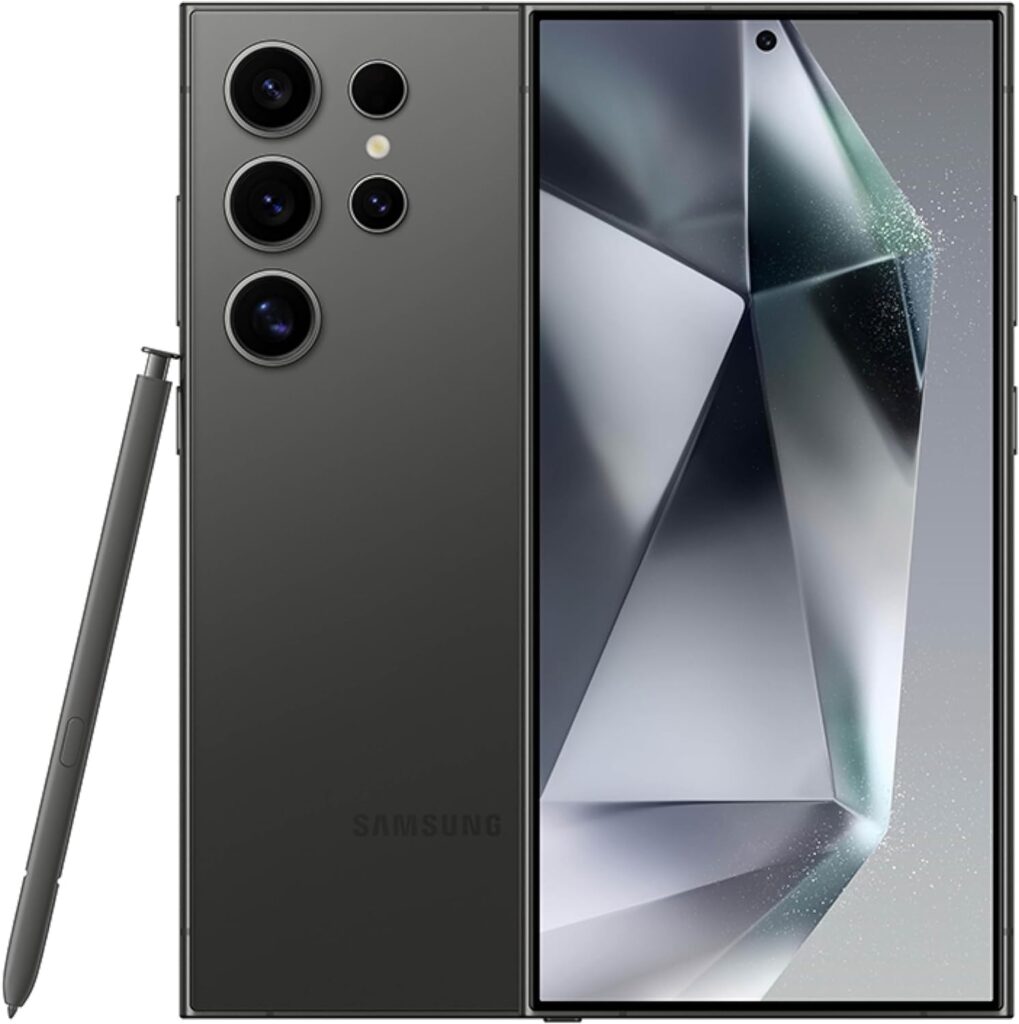
Samsung S24 Ultra (Affiliate Link)
Compare Streaming Services
Playlists and Resources:
Amazon Music launches Maestro AI Playlist Generator
Differences between Amazon Music streaming tieres
Music Publisher Market share as of 2022
Amazon Music vs. Apple Music in 2024 – Which is Better?
It’s 2024, and I’ve spent the past six months using Amazon Music and Apple Music. Given the similarities between these two services, I wanted to focus on why you might choose Amazon Music over Apple Music. First, let’s look at Apple Music’s advantages.
Apple Music Advantages
Apple Music Radio
Coming in at number five is Apple Music Radio. This feature includes live old-school radio stations you can listen to via Apple Music. Apple has three main stations: Apple Music 1, Apple Music Hits, and Apple Music Country, all of which are free for anyone to listen to, even if you’re not an Apple Music subscriber. If you do pay for Apple Music, you’ll be able to play shows on demand through the Apple Music app as well as the Apple Podcast app through Apple Podcast’s new channels feature. Overall, while I don’t typically listen to Apple Music Radio all that much, I will tune in to a show when Zane Lowe interviews an artist I’m interested in, as well as Elton John’s Radio Hour, which for me has been a good way to get out of my recommendation bubble and have exposure to artists I might not otherwise listen to.
Purchasing Music Through iTunes
Apple Music’s number four advantage is the ability to purchase music through iTunes. Now, Amazon allows you to purchase digital music as well through their site, but what sets Apple Music apart from Amazon is it lets you import music files you obtained earlier and import CDs directly into the desktop music app while also uploading this music to the cloud as long as you have iCloud Music Library turned on. This is important because, while music streaming services are great, there are gaps in some of the music available on them, either due to licensing issues or sometimes the artists themselves will pull earlier music from their catalog off of the services.
Apple Music Classical
Coming in at number three is Apple Music Classical. It’s a separate app that you can download and use with your Apple Music subscription, and for this genre, Dolby Atmos can make a huge difference. Whether you’re listening to music on a speaker like the Era 300 I reviewed or on headphones, you can hear the space between the different parts of the orchestra. Apple Music Classical has better metadata for searching for specific pieces, recordings, composers, and conductors, and the playlists you create in Apple Music Classical will conveniently sync with your main Apple Music app.
Apple One Bundle
Apple Music’s second advantage is the Apple One bundle, which includes other Apple services like Apple TV Plus, iCloud storage, Apple Arcade, and Apple Fitness Plus. By bundling Apple Music with those other services, you get a discount on them all.
Slicker App Design
Apple Music’s number one advantage is a slicker app design. Apple’s app has a bit more polish. Song lyrics are a good example of what I’m talking about. While both services have a real-time lyric feature, the way Apple implemented theirs works better. It highlights each word as the music plays, and this is helpful if you want to sing karaoke, which is another feature Apple Music has that Amazon Music doesn’t: called Apple Music Sing, it uses AI to dynamically adjust how much of the vocals you hear in a track as you and your friends sing along. Animated albums are another example of Apple Music’s polish. They’re animated in more places in the app and help to highlight the album artwork, something Apple’s been obsessed about doing since their iTunes days. The other reason I’d still give Apple better marks for app design is because Amazon Music isn’t just a music app—they’ve also been heavily promoting podcasts within the app because Amazon Music Unlimited comes with several ad-free podcasts. Apple Music’s approach of having separate apps for separate audio experiences is better.
Amazon Music Advantages
Spatial Audio Support for Echo Studio
Alright, now let’s talk about Amazon Music. Amazon Music’s number four advantage over Apple Music is spatial audio support for the Echo Studio. It’s the only service that will support that format on that device. Of course, the inverse of this situation is true with an Apple device like the HomePod and spatial audio. Apple Music will play spatial audio on that device, but not Amazon Music.
360 Reality Audio
Amazon Music’s number three advantage is that it supports a spatial audio format that Apple Music doesn’t, which is 360 Reality Audio. You can probably guess the company that came up with that name: yes, it was Sony. Why should we care about 360 Reality Audio when Dolby Atmos seems to have already won this war? Well, if you like spatial audio mixes, certain artists’ music is only available in the 360 Reality Audio format because Sony, according to Statista, as of 2022, was the largest music publisher in the world, which means you’re likely to see this format stick around for some music at least. Apple Music doesn’t support it.
AI DJ Feature
Coming in at Amazon Music’s number two advantage is their new AI DJ feature. This feature is in beta at the time of recording and allows you to use an AI prompt to generate a customized playlist. You can use words or emojis in your prompt, and it’s worked quite well in my limited testing.
Free Tier
All right, Amazon Music’s number one advantage over Apple Music is that Amazon Music has a free tier. Amazon has three different music offerings. Amazon Music Free is a free music streaming service with no required credit card. It allows you to discover new music and podcasts based on your likes, though with ads, of course, in between. Note there’s no lossless or spatial audio or offline playback. The next tier is Amazon Music Prime, bundled with an Amazon Prime subscription. You get access to 100 million ad-free songs and top 10 podcasts, though there are skip limits with most playlists; you don’t get lossless quality or spatial audio. Finally, there is Amazon Music Unlimited, which gets you ad-free music, unlimited skips, personalized stations, thousands of playlists, lossless and spatial audio, and the ability to listen offline. Apple Music only has paid options and no free tier, but you can bundle Apple Music with other Apple services in an Apple One bundle.
Conclusion
So those are the advantages of Apple Music and Amazon Music, but which one do I think you should choose? Overall, I think Apple Music has more features, a better app design, and the same music quality as Amazon Music, minus the 360 Reality Audio, which I don’t think is that big of a draw compared to Dolby Atmos. However, suppose you do want a music streaming service with a free tier that will be well integrated with your Amazon ecosystem of devices, even though you can play Apple Music on Amazon devices. In that case, going with Amazon Music might still be simpler.
If you want to see how Amazon Music and Apple Music compare to other music streaming services like YouTube Music and Spotify, you can click here to get to my other music streaming comparison videos:
You can click here to see all the videos about the devices that you saw in this video, like the Sonos Era 300 I mentioned earlier:








